1. On the main menu bar, click Admin, then Preferences. Do be aware, these preferences apply to the entire practice, we will look at User-specific preferences in a later section of this guide.
2. On the Preferences window, there are 10 tabs with different options affecting different areas of the program. Let’s take a look at the first tab (screenshot on next page).
3a. Automatic Write-Offs: The first option, Subtract allowed amount from charge, tells the program, when you use the ‘Automatic Write-Off’ feature, to take the Charge amount, minus the payment, and to then write off the remaining amount. The other option, Use write-off in fee schedule, will use the amount specified in the fee schedule. We will look at Fee Schedules in a later section of this guide.
3b. Enter Key: The Standard Windows option will cause the ‘Enter’ key to behave the same clicking an ‘OK’ button. The other option, Move between fields, will cause the focus, or cursor, to move to the next data field when using the ‘Enter’ key.

3c. Automatic Patient Chart Numbering: When entering a new patient, if the ‘Patient
Chart’ field is left blank; the program will auto-generate a ‘Chart Number’ based on this setting. The Generate from name option will take the first six characters of the patients last name followed by a sequential four-digit number. The other option, Generate Numerically, will assign each new patient a numeric ‘Chart Number’ that is 1 digit greater than the last one generated.
3d. Other options: We suggest leaving most of these options as they are, except for
the Default Laboratory. If most or all of your lab work is done at a particular location, even your own, then it may be a time-saver to set a default here. HL7 Trigger Enableis used to send messages to an EMR application, such as LytecMD.
3e. Insurance Claims: Set both Default new diagnosis version and Default new insurance code set to ICD-10. It is recommended to set Diagnoses Per Page to 12, even if you don’t use that many on a claim.


